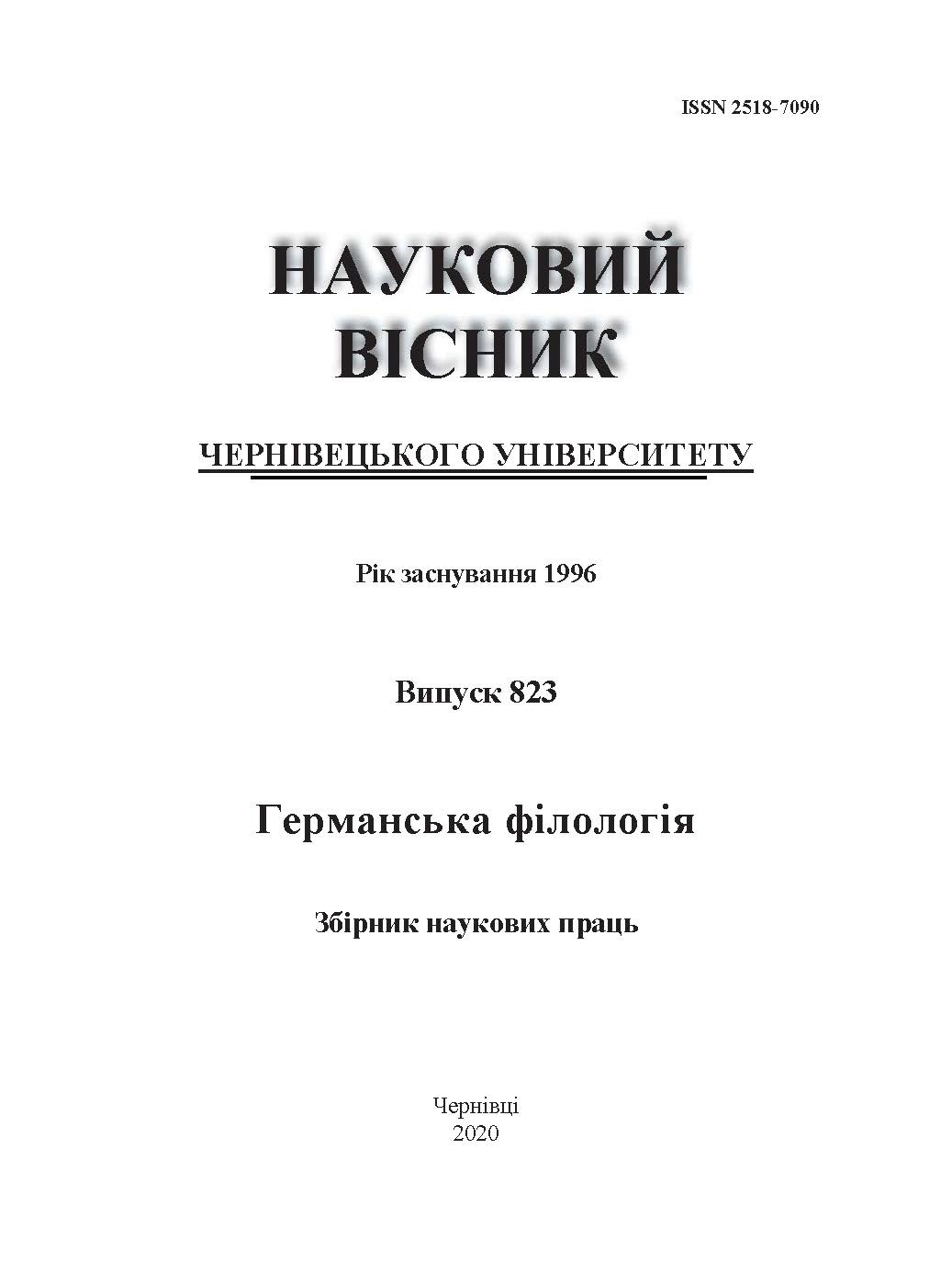СТИЛІСТИКА КОЛЬОРОНАЗВИ «ЖОВТИЙ» ТА ЇЇ ВІДТІНКІВ (НА МАТЕРІАЛІ ОПОВІДАНЬ НАДІЙКИ ГЕРБІШ)
DOI:
https://doi.org/10.31861/gph2020.823.172-178Abstract
The article deals with stylistic analysis of coloristic vocabulary indicating the color yellow and its shades in short stories by Nadiika Herbish. It has been determined that color tokens in the texts of her collections "Warm Stories for Coffee" and "Warm Stories for Chocolate" have vivid features, the study of which will contribute to a deeper understanding of function of colornames in creation of artistic text, as well as their role in formation of the individual style of Nadiika Herbish.
The author presents three thematic groups of yellow in her stories: 1) household items; 2) light sources; 3) natural phenomena. It has been determined that the colorname "yellow" and its equivalents, in particular "golden" are used in the positive meaning "sunlit, solar". Semantic structure of the colorname "golden" ("золотий") is enriched by using suffixes that mark a trait as incomplete: "-ав-", -ист-" (золотавий, золотистий), particles like gilded (позолочений), nouns like gold (золото). Epithets like "vanilla lanterns" and "sand cookie-colored houses" indicate that yellow contributes to creation of not only visual, but taste images as well.
It has been proven that yellow has a considerable number of shades with names that have a transparent semantic-morphological structure. Warm shades of yellow that are named after objects and phenomena of objective reality, indicate their color quality indirectly and by gradation: hot yellow "жовтогарячий" – orange "помаранчевий", ginger "рудий", tangerine "мандариновий", ripe persimmon "спілої хурми". The origin and semantics of these colors is analyzed. It is proven that in works by Nadiika Herbish the colorname "orange" is the most actively used. Three thematic groups of the adjective "orange" are identified: 1) color of fruits; 2) interior of a room; 3) colors of nature (autumn). Nadiika Herbish creatively and boldly uses lexical and stylistic capabilities of coloratives in autumn landscape essays. In her story “A Colorful Tale of Autumn” the author uses the method of gradation, or escalation of shades. The stylistic effect is based on the dominant hot yellow and consecutive accumulation of synonyms, gradation and adjective form usage.





